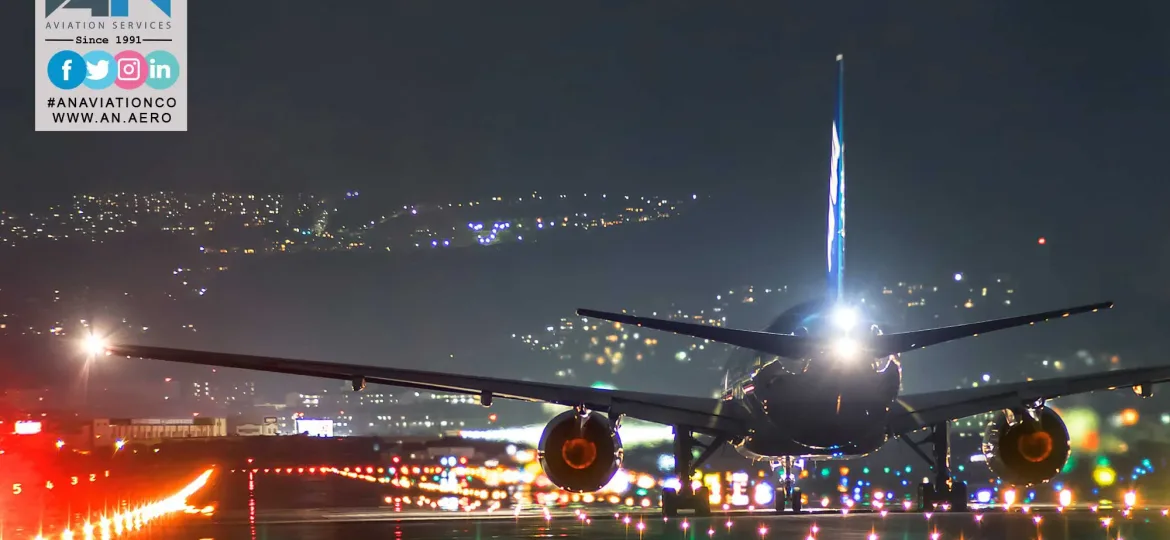For pilots, having a thorough understanding of aircraft systems is essential, especially when faced with unforeseen emergencies.
But when it comes to the type of aircraft used—narrowbody or widebody—there’s an ongoing debate about which is better suited for long haul flights.
The Airbus A340, renowned for its long-haul capabilities and impressive range, is an engineering marvel. However, being a large, four-engine aircraft, it requires a considerable takeoff length to safely lift off the runway.
In the late 20th century, the concorde became a symbol of supersonic air travel, allowing passengers to cross the Atlantic in record-breaking time.
Flying on a private jet isn’t just about skipping long lines at the airport or avoiding crowded cabins—it’s about experiencing a completely different level of freedom, privacy, and luxury.
Among the most fascinating projects in this emerging field is Alice, a battery-powered aircraft developed by Eviation. With its sleek and unconventional aircraft design, Alice stands as a symbol of the future of sustainable air travel.
One critical element that pilots rely on, especially during night landings or low visibility conditions, is the runway lights system.
When you think of an airport runway, the image that likely comes to mind is a solid asphalt or concrete surface built to handle the weight and speed of landing aircraft.









